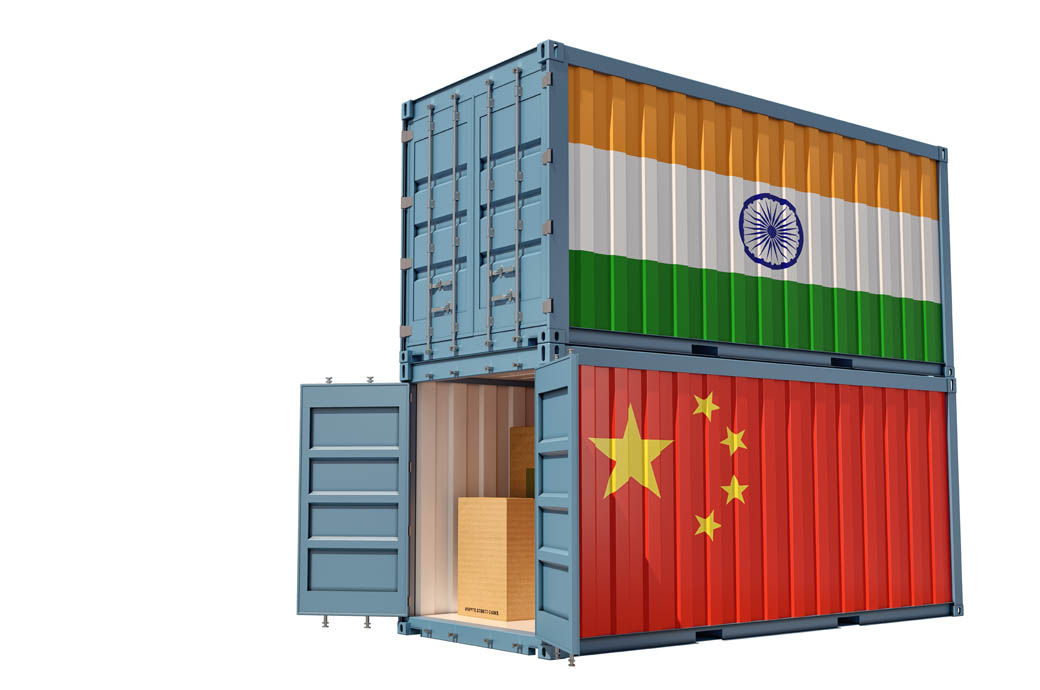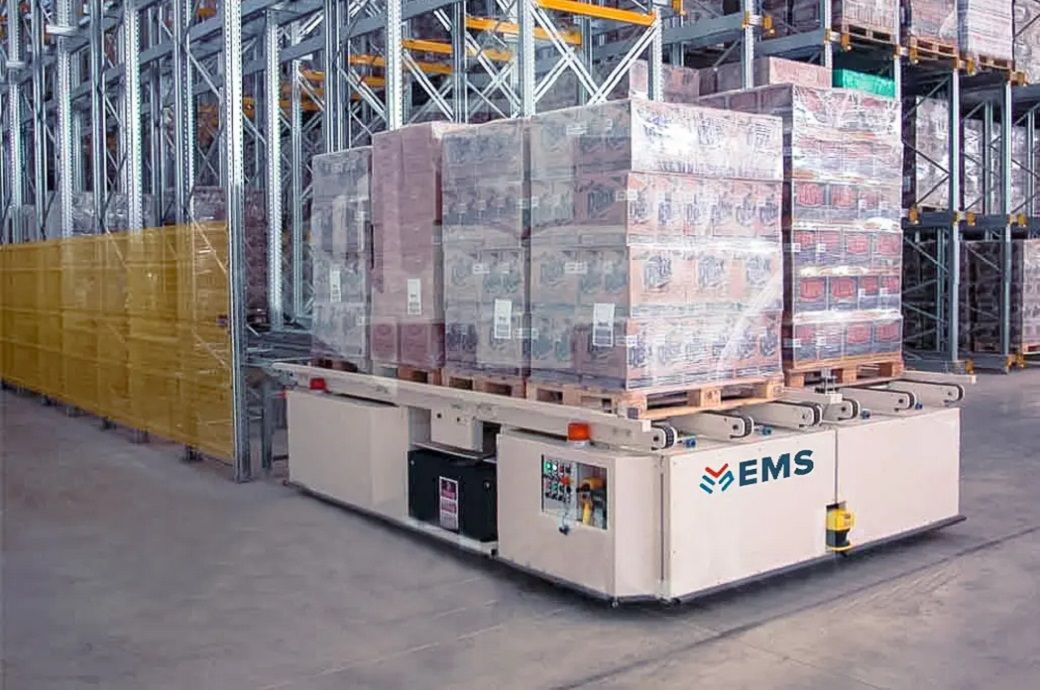Cotton yarn prices in north India remained stable; however, demand from the downstream industry was notably weak. Traders are uncertain about the prospects for demand improvement. They believe that sluggish global buying has placed additional pressure on the domestic market. The import of Chinese fabrics and garments, as well as increased spinning capacity, have also negatively affected the market outlook.
The Ludhiana market exhibited a bearish tone as cotton yarn demand remained weak. However, prices stabilised due to a slight increase in natural fibre. Market participants expressed concern over the significant import of fabrics and garments from China. Cotton yarn, an upstream component of the textile value chain, faced sluggish demand. A trader from the Ludhiana market told Fibre2Fashion, “The import of Chinese fabrics and garments is eroding the domestic yarn market. Imported fabrics and garments, which are increasing in polyester-cotton and poly-spun based garments, are being sold in the Indian market.”
According to Fibre2Fashion’s market insight tool TexPro, 30 count cotton combed yarn was sold at INR278-288 per kg (GST inclusive) in the Ludhiana market. The 20 and 25 count combed yarn were traded at INR268-278 per kg and INR272-282 per kg, respectively. Carded yarn of 30 count was noted at INR257-267 per kg.
The Delhi market also observed a bearish trend in cotton yarn prices, with lower demand from the downstream industry. A trader from the Delhi market told F2F, “Weaker sentiments are a major cause of concern for the market. Buyers do not anticipate an upward trend in the near future, so they are purchasing only for immediate needs. The additional capacity of spinning mills is also resulting in excess production, which is difficult to absorb in the current sluggish scenario.”
In Delhi, 30 count combed yarn was traded at INR280-285 per kg (GST extra), 40 count combed at INR305-310 per kg, 30 count carded at INR255-260 per kg, and 40 count carded at INR285-290 per kg, according to TexPro.
Panipat’s recycled yarn market experienced a slowdown in purchasing from the home furnishing value chain. Trade sources attributed the decrease in global demand to economic concerns, while the domestic market was dealing with a seasonal slump. The market also faced a shortage of raw materials. Although there was greater demand for 100 per cent cotton recycled yarn, the supply of raw materials remained limited.
The 10s recycled PC yarn (grey) was traded at INR85-90 per kg (GST extra), while 10s recycled PC yarn (black) was traded at INR60-65 per kg. The 20s recycled PC yarn (grey) was traded at INR95-100 per kg and 30s recycled PC yarn (grey) at INR150-155 per kg. Comber prices were noted at INR150-152 per kg. Recycled polyester fibre (PET bottle fibre) was recorded at INR78-80 per kg. The 10s recycled PC yarn (grey) experienced a slight decrease of INR2-3 per kg. Cotton comber prices rose by INR4 per kg, while recycled polyester fibre saw an increase of INR2 per kg. The reduced supply of cotton comber indicates that spinners are cutting back on cotton combed yarn production.
Cotton prices in north India remained steady after gains late last week, hovering around INR50-60 per maund of 37.2 kg higher since last Thursday. Traders reported that although demand from spinning mills was average, cotton prices are unlikely to decrease and will remain range-bound. Today, cotton prices were ruling at INR6,300-6,400 per maund of 37.2 kg in Punjab, INR6,325-6,425 per maund in Haryana, and INR6,530-6,630 per maund in upper Rajasthan. Cotton was sold at INR61,000-63,000 per candy of 356 kg in lower Rajasthan. The arrival was noted at 7,500 bales of 170 kg in North Indian markets. Farmers slowed down cotton arrival as they needed to harvest and sell their wheat crop to the government within a limited time window.
The price of cotton yarn in northern India has stayed the same despite a lack of demand from the industry that uses it. The market is in doubt because of slow international purchasing, increased imports of fabric and apparel from China, and accelerated spinning capabilities. Ludhiana and Delhi have both been characterized by pessimistic attitudes, owing to worries about a lack of enthusiasm and surplus production.


 World News2 years ago
World News2 years ago
 World News2 years ago
World News2 years ago
 World News2 years ago
World News2 years ago
 World News2 years ago
World News2 years ago
 World News2 years ago
World News2 years ago













